 The Canon EOS-1D X is the first full-frame digital SLR to be introduced since the Nikon D3s, exactly two years ago. The 1D X was announced two weeks ago but very few people actually got to see it in person so I was psyched to go to the PhotoPlus Expo and a Canon intro event in New York City last week. I got to see the camera in person, ask more questions and even play with it a bit. This article is about my own (short) hands-on experience with the 1D X and some more esoteric details I was able to learn about the camera. A full review will come later, once we can get a production 1D X in our hands. That probably won’t be until March, when the camera is supposed to be available. For complete details and specs on the new EOS-1D X, please read my Canon EOS-1D X intro article.
The Canon EOS-1D X is the first full-frame digital SLR to be introduced since the Nikon D3s, exactly two years ago. The 1D X was announced two weeks ago but very few people actually got to see it in person so I was psyched to go to the PhotoPlus Expo and a Canon intro event in New York City last week. I got to see the camera in person, ask more questions and even play with it a bit. This article is about my own (short) hands-on experience with the 1D X and some more esoteric details I was able to learn about the camera. A full review will come later, once we can get a production 1D X in our hands. That probably won’t be until March, when the camera is supposed to be available. For complete details and specs on the new EOS-1D X, please read my Canon EOS-1D X intro article.
The main thing most photographers want to know about the 1D X is what the real useable high-ISO limit is. Of course, that depends on your subject, your client, your own personal standards, etc. But I keep hearing ISO 12,800 is really good so that’s the number I’ve got my sights set on. I was hoping to be able to be able to put my own card in the camera and shoot some tests at the show but Canon says it’s not close enough to final to let anyone do that yet. They did point me to some sample images on the Canon Web site, though. Sadly, the images are pretty small so it’s hard to infer much from them. There is an ISO 12,800 image and it looks good but at less than 500 pixels, it’s impossible to evaluate the noise levels or sharpness. From everything I’ve been hearing, it does sound like ISO 12,800 could be the high ISO sweet spot for the 1D X. But until we can see some high-res samples it’s impossible to know for sure.
Canon EOS-1D X Sample Photos (low-res) >>
Although improved high-ISO performance will be huge – especially for photojournalists, sports photographers and event photographers – I’m most curious about the 1D X’s new auto focus system. And I did get to try that out – without photos to evaluate, of course. Looking through the viewfinder, the 61 auto focus points don’t cover as wide an area as Nikon’s AF systems, but the 61 points in the 1D X do offer more coverage than previous 1D bodies. I also noticed that the two vertical columns of extra-sensitive cross-type sensors are highlighted in the viewfinder, reminding me where the best AF performance will be. Canon’s EOS-1D continuous auto focus performance has always been impressive and I use it all the time for mountain bike and ski photos. It’s so good that improving it always seems like a tall order. Looking through the viewfinder and panning around the room with the 1D X, the main thing I noticed was the focus never paused. I’m used to continuous auto focus feeling a little jerky because it almost always hunts somewhere when you just pan the camera around. That was not the case with the 1D X. The adjustment as the auto focus worked was silky smooth and it always seemed to be perfectly focused. This was with a 24mm f/1.4L prime lens and only static subjects and I don’t have any photos to really confirm my impressions. I’ll need to shoot some cycling with my 70-200mm f/2.8L to get a real feel for how well it works. But for now, I can say that my first impression of the 1D X AI Servo III continuous auto focus is very good. If it lives up to my impressions from the show, I am going to be sorely tempted to buy one.
I also got a chance to dig into the menus a bit to better understand some of the other ways Canon has improved the auto focus and other camera features. Not only has the auto focus performance been improved, but the 1D X also offers more fine-tuning options as well as intuitive, “Cases,” which are like auto focus presets based on the type of subject you’re shooting. I’m getting more and more curious about the new EOS iTR (Intelligent Tracking and Recognition) tracking auto focus, which uses the camera’s metering system, face detection and a dedicated DIGIC IV processor to identify and track subjects. I’ll have to try it to see how well it works but for wedding photographers, fashion runway photographers and some sports photographers (tennis was the example Canon gave), it looks like it’s going to be really useful. Unfortunately for me, skiers and cyclists with helmets, sunglasses and goggles probably won’t work with EOS iTR.
Auto focus and high ISO performance are the obvious things to check out on the 1D X. But there’s a lot more to a good camera than auto focus and image quality. One thing that’s more apparent when you get your hands on the camera is, even though the 1D X looks and feels the same as previous 1D models, they’ve made some very nice design tweaks. One of the most important is improving the controls for the built-in vertical grip. I think every shooting control now has a redundant vertical twin so that landscape and portrait shooting will be just about exactly the same. When you look at the photos I’ve included here, make it a point to look for those duplicate vertical controls. They include the joystick that you use to select AF points and navigate the Quick Control screen, the pair of programmable buttons on the front that replace the depth-of-field preview button, and the auto focus and custom function buttons. I also got photos of the Ethernet connection and the new input for the optional GPS and wireless transfer units. To many photographers a built-in Ethernet connection might seem like a weird feature. But news photographers working events on tight deadlines will be psyched to plug in to the network at the event media center and quickly upload their photos without having to transfer to the computer first. I’m thinking I might start using the Ethernet connection instead of a card reader because it’s so much faster.
It was good to get a little hands-on time with the EOS-1D X, even if I couldn’t put a card in the camera and check the high-ISO image quality. After trying the new auto focus I am even more anxious to try it out in the field. I made sure to remind Canon that action sports is my main subject and I’ll likely push the 1D X harder than other reviewers once I get one for review. Even though $6800 is way out of my normal price range, I’m starting to wonder if the 1D X might even be a good investment for me. The improved auto focus and promise of useable ISO 12,800 sensitivity would make a real difference for my event and action sports photography. We’re past the days when every new camera meant a mandatory upgrade so maybe it will be possible to use the 1D X for 5 years or so, effectively chopping the price tag in half. On the other hand, we can also expect to see some of these new features and improvements in the next generation of EOS 7D and 5D cameras.
Can’t wait to get one for review so I can really see what it can do!
Related Content:
All Canon Reviews
All Digital SLR Reviews
Canon Cameras Forum
Digital SLR Forum
All Canon Camera News And Articles
Canon Cameras Web Site


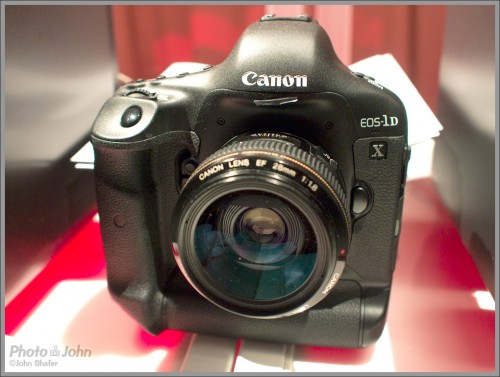
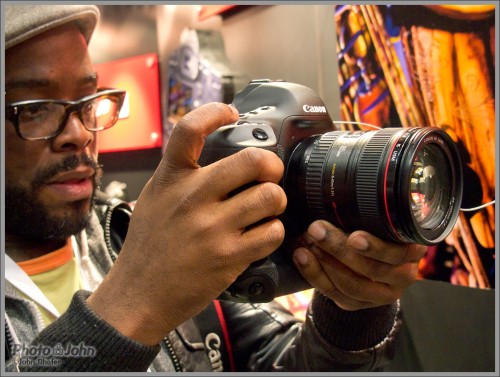
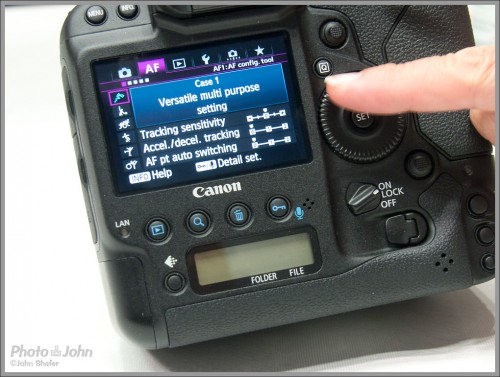
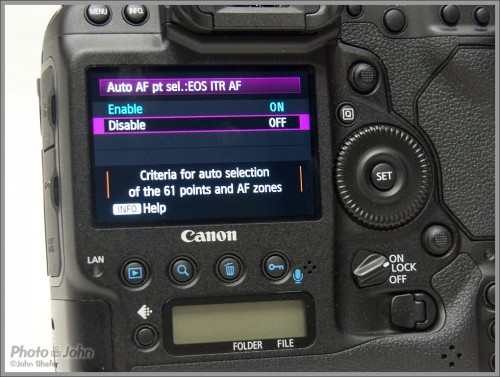
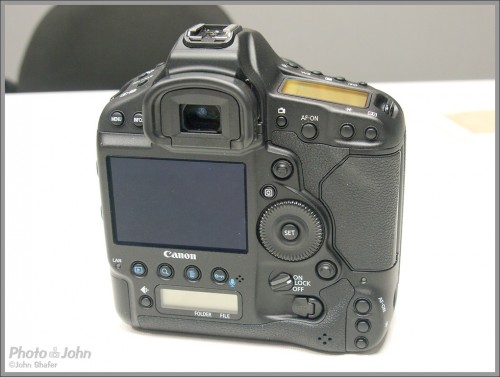
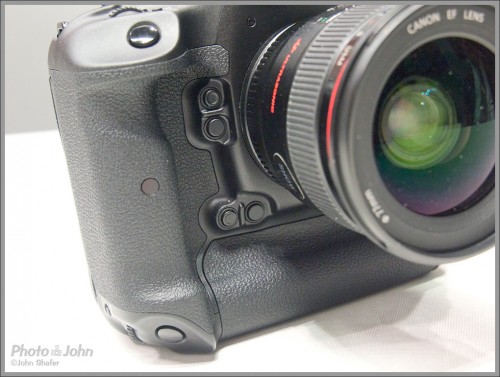


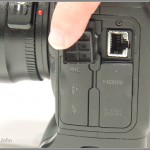

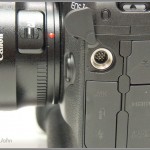

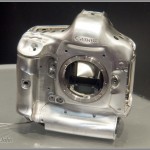
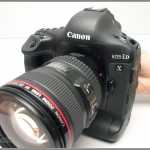
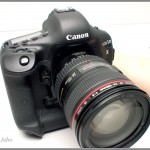
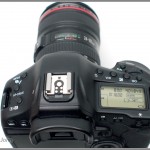
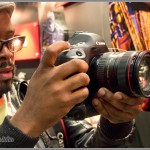
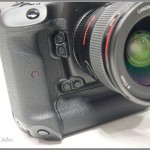

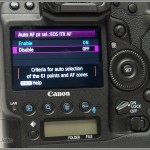
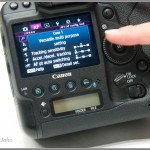
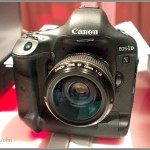
That will be my SPORT camera and either the fabled 3D or a P645D as studio/landscape!!!
Sweet, Ian. But just to play devil’s advocate – do you really need a higher resolution camera? Ok, for landscape I can see it. But I don’t see the need for most studio work. Tell me why you need more than 18 megapixels,
My current dream camera. Thanks for your insight and review on this new model!